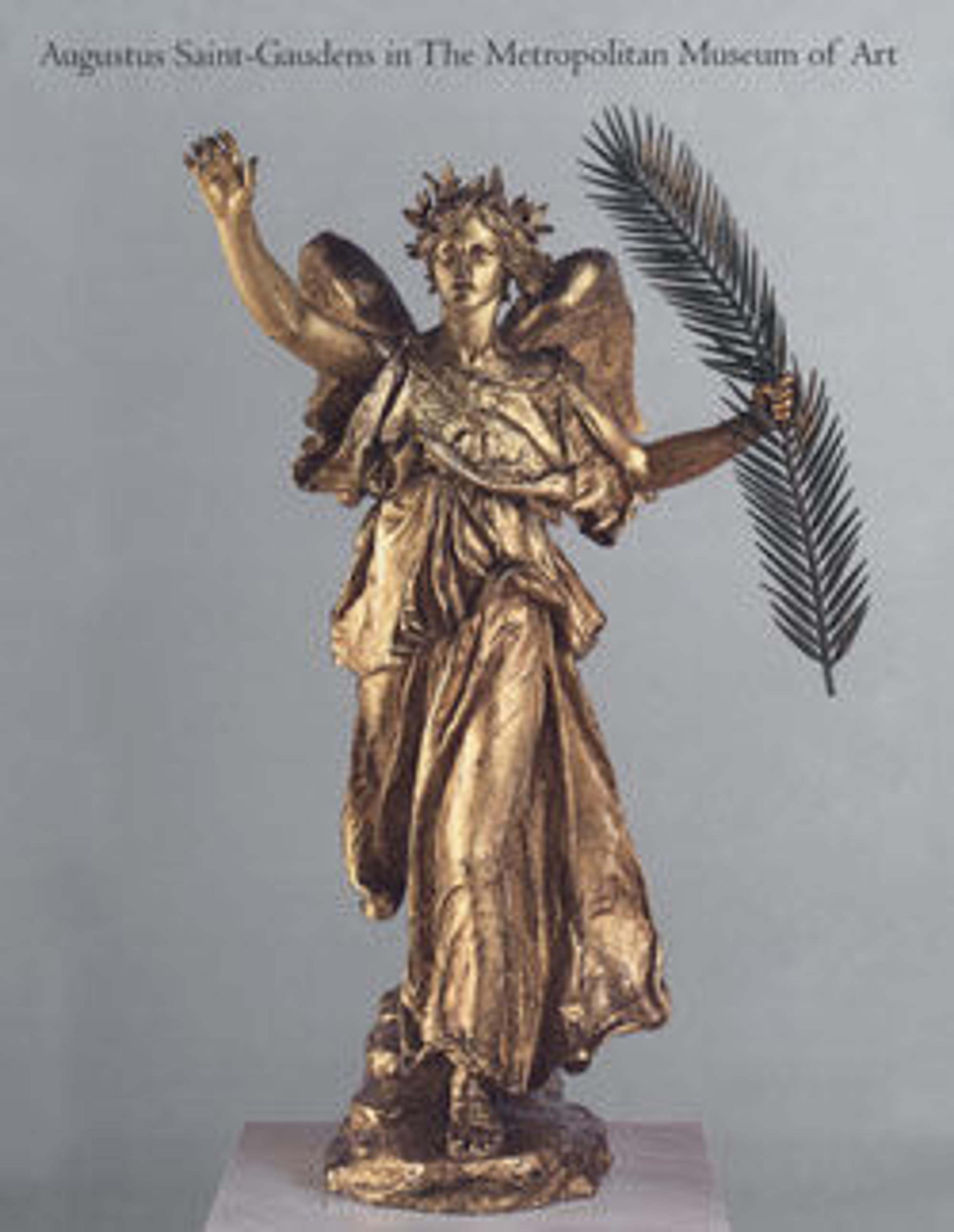General William Tecumseh Sherman
Civil War General William Tecumseh Sherman (1830-1891), venerated by the Union and vilified by the Confederacy, is remembered as a brilliant, if controversial tactician, and longtime commanding officer of the United States Army. During his triumphant—and destructive—"March to the Sea," in 1864, he moved his troops three hundred miles across Georgia in twenty-four days. He retired from active duty in 1884 and relocated two years later to New York, where he frequently sat for portraits.
According to Saint-Gaudens, this vigorously naturalistic bust of Sherman in military uniform was modeled during eighteen visits, each lasting about two hours. The sculptor depicted Sherman exactly as he appeared during the sittings—with his deeply creased brow, stubbly beard, and unbuttoned collar. His steely independent streak is represented by the askew bowtie that he apparently refused to straighten during the sittings. The bust rests on a block inscribed with his name that itself surmounts a pillow of laurel leaves, bound by a ribbon, with a larger plinth below.
Sherman’s satisfaction with the portrait assured Saint-Gaudens the prestigious commission for an equestrian statue of the general in New York. It was awarded to him in 1892, a year after Sherman’s death. Saint-Gaudens used the plaster version of this bust as the basis for Sherman’s portrait on the monument, unveiled in 1903 in Manhattan’s Grand Army Plaza, at Fifth Avenue and Fifty-ninth Street, where it remains today.
According to Saint-Gaudens, this vigorously naturalistic bust of Sherman in military uniform was modeled during eighteen visits, each lasting about two hours. The sculptor depicted Sherman exactly as he appeared during the sittings—with his deeply creased brow, stubbly beard, and unbuttoned collar. His steely independent streak is represented by the askew bowtie that he apparently refused to straighten during the sittings. The bust rests on a block inscribed with his name that itself surmounts a pillow of laurel leaves, bound by a ribbon, with a larger plinth below.
Sherman’s satisfaction with the portrait assured Saint-Gaudens the prestigious commission for an equestrian statue of the general in New York. It was awarded to him in 1892, a year after Sherman’s death. Saint-Gaudens used the plaster version of this bust as the basis for Sherman’s portrait on the monument, unveiled in 1903 in Manhattan’s Grand Army Plaza, at Fifth Avenue and Fifty-ninth Street, where it remains today.
Artwork Details
- Title:General William Tecumseh Sherman
- Artist:Augustus Saint-Gaudens (American, Dublin 1848–1907 Cornish, New Hampshire)
- Date:1888, cast 1910
- Culture:American
- Medium:Bronze
- Dimensions:31 1/4 x 21 1/2 x 12 1/2 in., 104lb. (79.4 x 54.6 x 31.8 cm)
- Credit Line:Gift by subscription through the Saint-Gaudens Memorial Committee, 1912
- Object Number:12.76.2
- Curatorial Department: The American Wing
More Artwork
Research Resources
The Met provides unparalleled resources for research and welcomes an international community of students and scholars. The Met's Open Access API is where creators and researchers can connect to the The Met collection. Open Access data and public domain images are available for unrestricted commercial and noncommercial use without permission or fee.
To request images under copyright and other restrictions, please use this Image Request form.
Feedback
We continue to research and examine historical and cultural context for objects in The Met collection. If you have comments or questions about this object record, please contact us using the form below. The Museum looks forward to receiving your comments.
